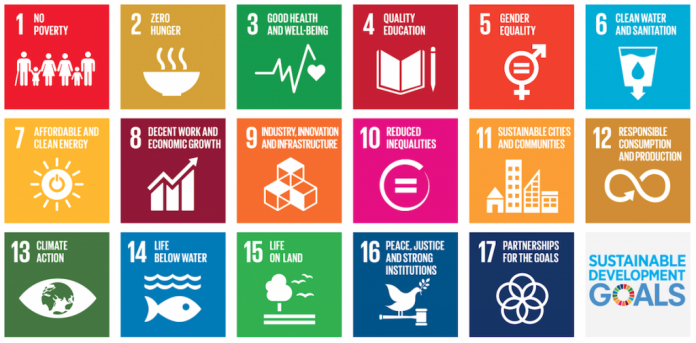By David Omolo
One of the very first things that struck me when I came to the Netherlands, was how inconsequential drinking water was for people. Virtually, every household can drink water directly from the tap. The situation back in my country Kenya, couldn’t be more different: it’s not safe to drink directly from the tap because of challenges in properly treating the water, or the introduction of contaminants into the water supply networks through leakages, poor maintenance and vandalism.
In Kenya, those who can afford it, have resorted to buying bottled water for drinking, which at times extends to cooking. Those unable to afford bottled water, resort to boiling or treating the tap water…if the taps run at all. Inevitably, this leads to additional costs for access to safe water, which falls most heavily on those least able to afford it.
Why is this, after all, isn’t access to clean water a basic right for every human being? It is too easy to lay the blame on the relative economic capabilities of the two countries. Upon deeper reflection, it seems to me that it all boils down to political commitment and prioritizing the water needs of citizens. Water, and its management, has always been a political issue in the Netherlands. Dutch regional water boards, or Waterschappen, responsible for managing water barriers, waterways, water levels, water quality and sewage treatment, have existed since medieval times. To achieve the seemingly impossible, Kenya needs the same level of political priority placed on water management. That will only be possible through increased financing for the water utilities that are charged with water supply and wastewater treatment.
Whether publicly or privately run, the hallmarks of successful utilities are quality of service, operational efficiency, and equitable tariff systems that provide access for all the population. Whichever way one looks at it, proper financial investment underpins all these pillars and should translate into the improved performance of utilities and better services for customers.
The quality of services offered by water utilities is connected to the financial health of the utility, and it’s natural that a financially healthy utility should be able offer outstanding services. Improved financing and financial sustainability will benefit a number of related areas. Appropriate infrastructure will help ensure access to safe water is possible by making sure everyone is included in the distribution network. This will in turn impact on operational efficiency.
Operational efficiency is pegged to three areas. Firstly, water losses, which are linked to poor systems or infrastructure, and which can only be remedied by new or rehabilitated systems, which require finance. The second part is bill collection, which will only be welcomed by costumers if the services offered are good, but which provides a basis for sustainable services. The third component is labor productivity. Better staffing, appropriate training and results-based remuneration are key to ensuring better services.
Improved financing will help improve infrastructure necessary for ensuring access is made possible to everyone in the region, essentially everyone will be included in the distribution network. Quality of service offered by water utilities is also dependent on the financial health of the utility, it’s only natural that a financially healthy utility, will be confident enough to offer outstanding service. Operational efficiency of a water utility, is pegged on three areas, which are also tied to proper financing, the first one is water losses. Water losses are linked to poor systems or infrastructure which can only be remedied by newer or rehabilitated systems which requires finance.
The second part is bill collection, which essentially is welcomed by the costumers if the services offered by the utility are good, poor services could of course be linked to myriad reasons, but a healthy financial state of the utility quickly gets this dealt with. The third and last component of operational efficiency is labor productivity, better staffing and remuneration is key to ensuring the operation of the staff leads to better services which impacts on other areas of operation and service delivery.
The last pillar of utilities is their tariff levels, which indicate whether a utility is operating profitably or below cost-recovery levels. A healthy tariff level, one that is beneficial to both the utility and its consumers, is only achievable when a utility is financially healthy in the other areas of its operation.
So, is it possible that the majority of Kenyans will be able to drink directly from the tap, and for utilities to ensure almost everyone has access to clean water by 2030, the deadline for achieving the Sustainable Development Goals? There are many challenges between now and then, but increased government financing, with the appropriate long-term planning, for water utilities is a critical first step. If the Kenyan government commits to improving water, wastewater and sanitation services, it won’t only be achieving the Sustainable Development Goal (SDG) for water, but contributing to virtually all the other SDGs.
That is a big ‘if’, but it’s not about economic capabilities, it’s about political commitment and prioritizing the water sector.
Omolo is an intern in the IWA’s Basins of the Future Programme.








